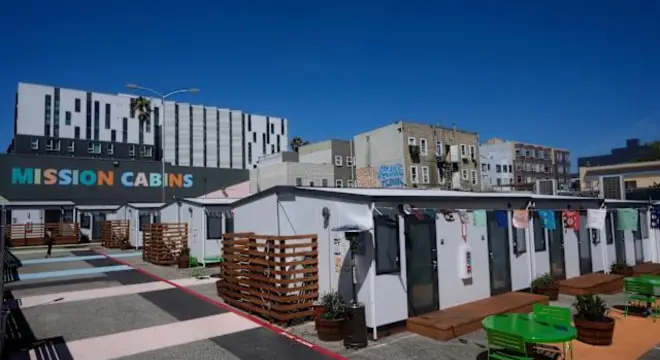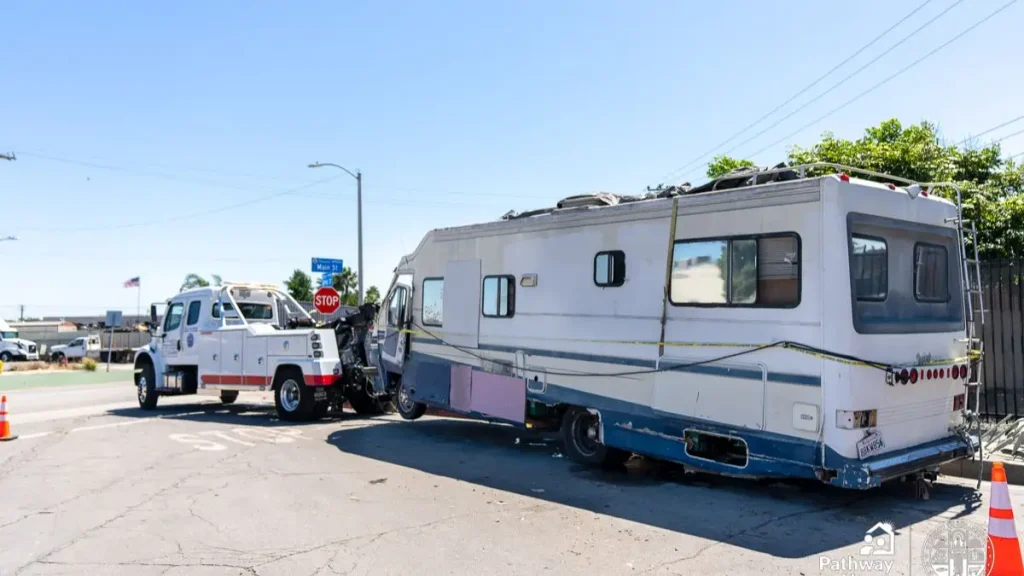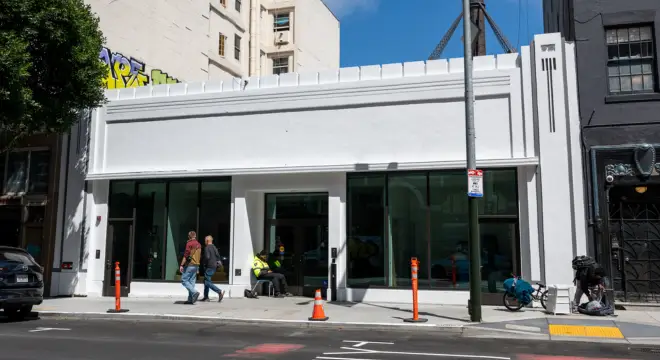Why Is Homelessness Still Rising in San Francisco Despite More Shelter Beds Than Any Major U.S. City?
If San Francisco has more shelter beds than any other major U.S. city, why are so many people still living on the streets?
Why isn’t the growing number of beds solving the crisis?
Is the system broken, or is the problem deeper than we think?
And if shelters are nearly full every night, why are hundreds still stuck on waiting lists?
A new city audit is exposing what’s really going on. There’s much more going on behind increased numbers. There’s a lot of work happening on mental health and addiction, who needs what, a lack of high-needs guest support etc. It’s not only about where to sleep. It’s about what goes on inside and outside that building.
Let’s unpack what’s really going on behind the headlines, and why the numbers are only part of the story.
2. San Francisco’s Shelter System at a Glance
San Francisco has over 3,200 shelter beds available in 2025-and demand has never been higher.
In the past two years, shelter utilization increased 43% indicating the level of urgency for shelter. That’s why the City has increased shelter capacity by 28% in the last 5 years.
But here’s the kicker: nearly every adult shelter bed is full each night. The system has been fully operational this whole time-but still not enough to meet the expanding homelessness crisis – as the numbers will only continue to grow.
3. The Big Gap: Demand Still Outpaces Supply
Even with all the progress, San Francisco still has twice as many homeless individuals as shelter beds. That’s a huge gap — and it’s not shrinking fast enough.
Right now, more than 850 people, including families with children, are stuck on shelter waiting lists, hoping for a spot to open up.
And it gets worse: the entire west side of the city has almost no access to shelters at all. So while some areas are overloaded, others are completely underserved.
4. The High-Needs Challenge
San Francisco shelters are not just overcrowded. They are helping some of the most vulnerable people in the state.
Four in ten shelter guests said they are dealing with serious mental illness, and over a third report they are struggling with addiction. That is much higher than other populations in California.
But the problem is, shelter operators are simply not equipped to handle this amount of need. Many of them do not have enough mental health or addiction recovery help to deal with the demand. It is further straining limited resources- and making sustainable recovery even more difficult for the most at-risk.
5. Inside the New Audit: What the City Found
A newly released audit from the San Francisco Controller’s Office took a look at the city’s shelter system, and the results may come as a shock to some.
One of the glaring issues? Shelter providers say they have little control over what happens right outside the door. Whether it’s because of drug behavior or a large encampments, many nonprofits just don’t have the ability or funds to control what happens in the street, even though that expectation is placed on them by neighbors and city officials.
The audit also showed that there was an even greater gap between the expectations the city has for shelters and the capabilities of these organizations, especially when they are already incredibly stretched.

6. City’s Efforts to Expand: Progress & Pushback
Mayor Daniel Lurie has set an ambitious goal: adding 1,500 more shelter beds across San Francisco. It’s a big step meant to ease the burden on the existing system — but it’s not without resistance.
Some neighborhoods are pushing back, worried about the impact new shelters might have on their communities. At the same time, funding remains a major hurdle, especially with high-needs guests requiring more care and staffing.
On top of that, enforcement has ramped up since a Supreme Court ruling gave cities more power to penalize people sleeping in public spaces. But critics argue that without enough beds or support, enforcement alone won’t solve the deeper problems.
7. Where Do People Go After the Shelter?
One of the biggest unanswered questions in San Francisco’s homelessness response is: What happens to people after they leave the shelter?
Right now, there’s very little data on long-term outcomes. Are people being connected to permanent housing? Are they cycling back onto the streets? The truth is — no one really knows.
This lack of tracking makes it hard to measure whether the shelter system is truly helping people move forward, or just acting as a temporary Band-Aid.
8. National Comparison: How Does SF Stack Up?
While San Francisco has one of the nation’s top per capita rates of shelter beds with only New York City, Boston, and Washington, D.C. offering more, none of these cities have an on-the-ground “right to shelter” law to legally require shelters to provide beds to certain groups of homeless residents — San Francisco does not have such a law.
In permanent housing, SF ranked just below D.C. for funding streams into housing, which is a solid showing of long-term investment. Further, homelessness increased 7% in 2024.
It’s a frustrating reminder that capacity doesn’t get us out of the crisis, especially when underlying problems with addiction, mental health and capacity to pay housing are ignored.
9. Voices from the Ground
Nonprofit leaders and shelters hold the greatest knowledge regarding the homeless crisis and have come into contact with what is really happening than most other people, and their knowledge is valuable. Beth Stokes, the executive director at Episcopal Community Services, articulates an important concern:
“We’re so limited … we can’t deal with open-air drug markets or street situations … we’re breathing in toxic fumes, having to keep our front doors shut,” she states, illustrating a situation shelters are in regarding street conditions directly outside their doors.
Stokes’ opinion exemplifies that while many shelters may have available beds, and may physically possess standing resources, perhaps the lack of resources – or lack of authority behind that perceived authority – is often the reason shelters ultimately do not handle the conditions outside, and leaves the gap which is there always for meaningful, long-term solutions to the people in need.
10. Conclusion
One thing is clear—shelter expansion alone isn’t enough. To truly tackle the homelessness crisis in San Francisco, it’s not just about adding more beds; there’s a need for mental health and addiction support, along with permanent housing solutions.
To solve this crisis at its roots, coordination between the city, state, and federal levels is essential. Only then can we create long-term solutions and move toward a sustainable future for the homeless community.
⭐ Subscribe to Our Newsletter
Subscribe to the publishers newsletter to receive the latest news and updates directly in your inbox


